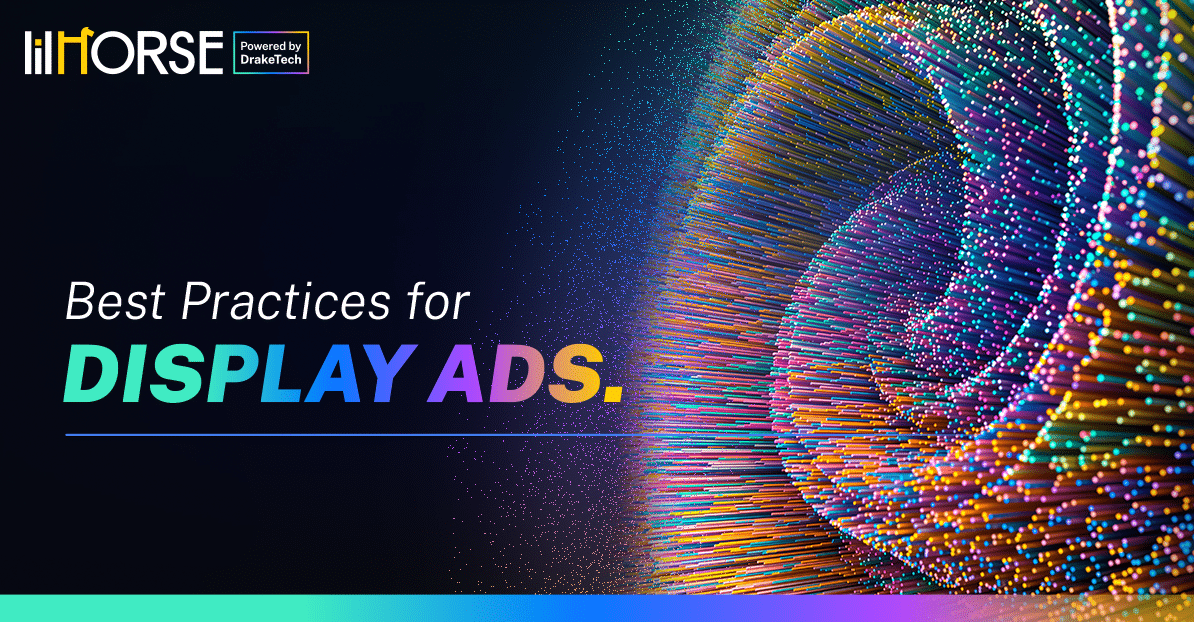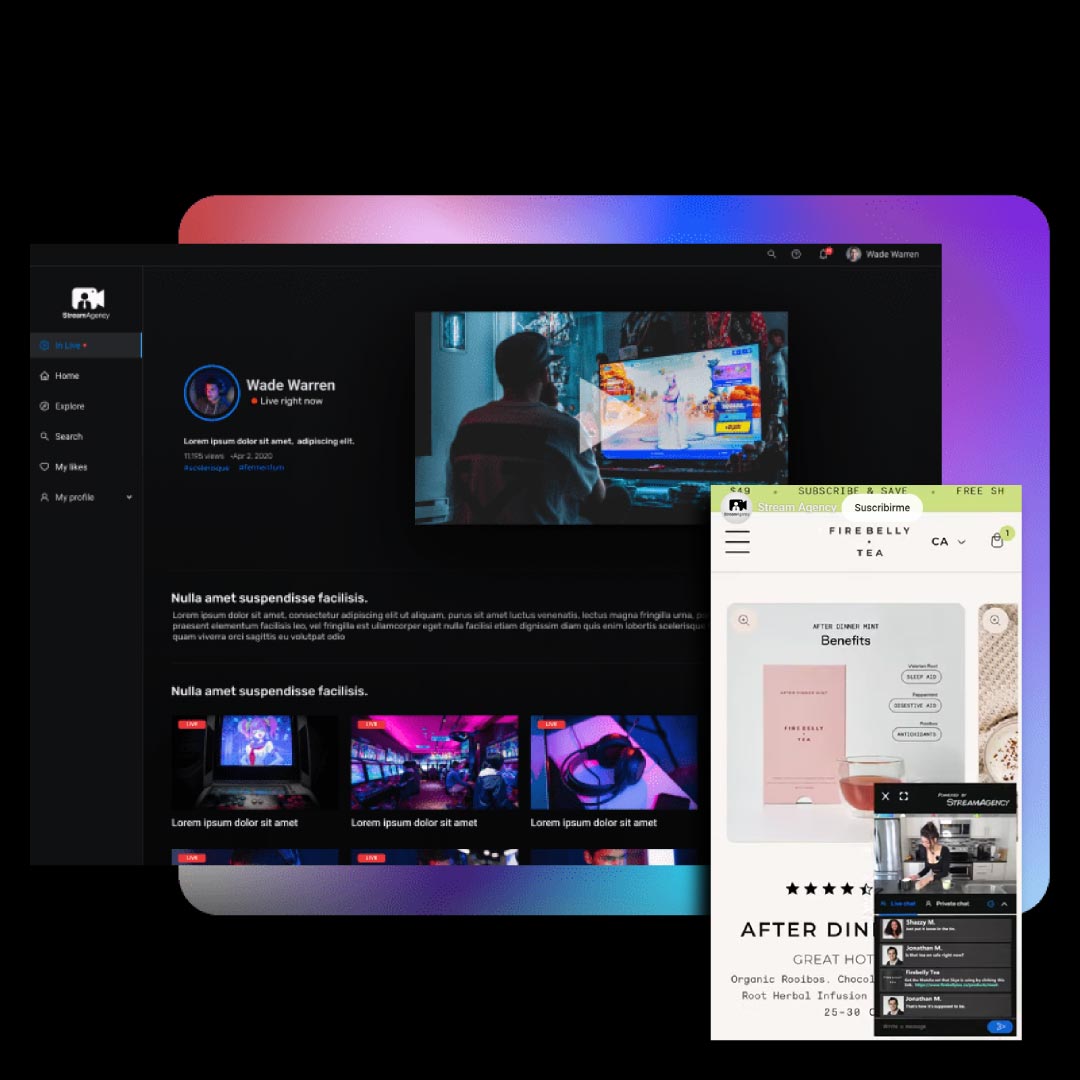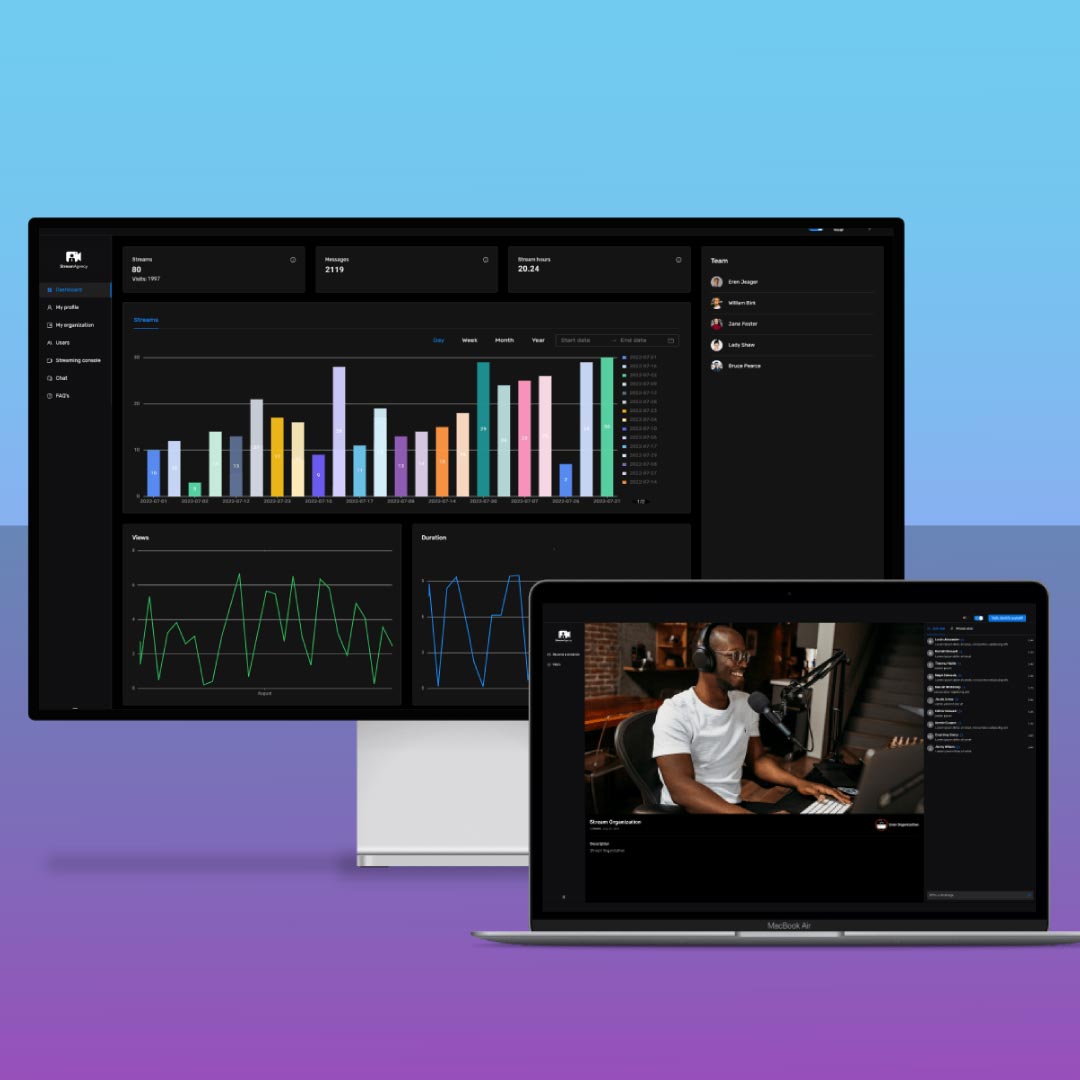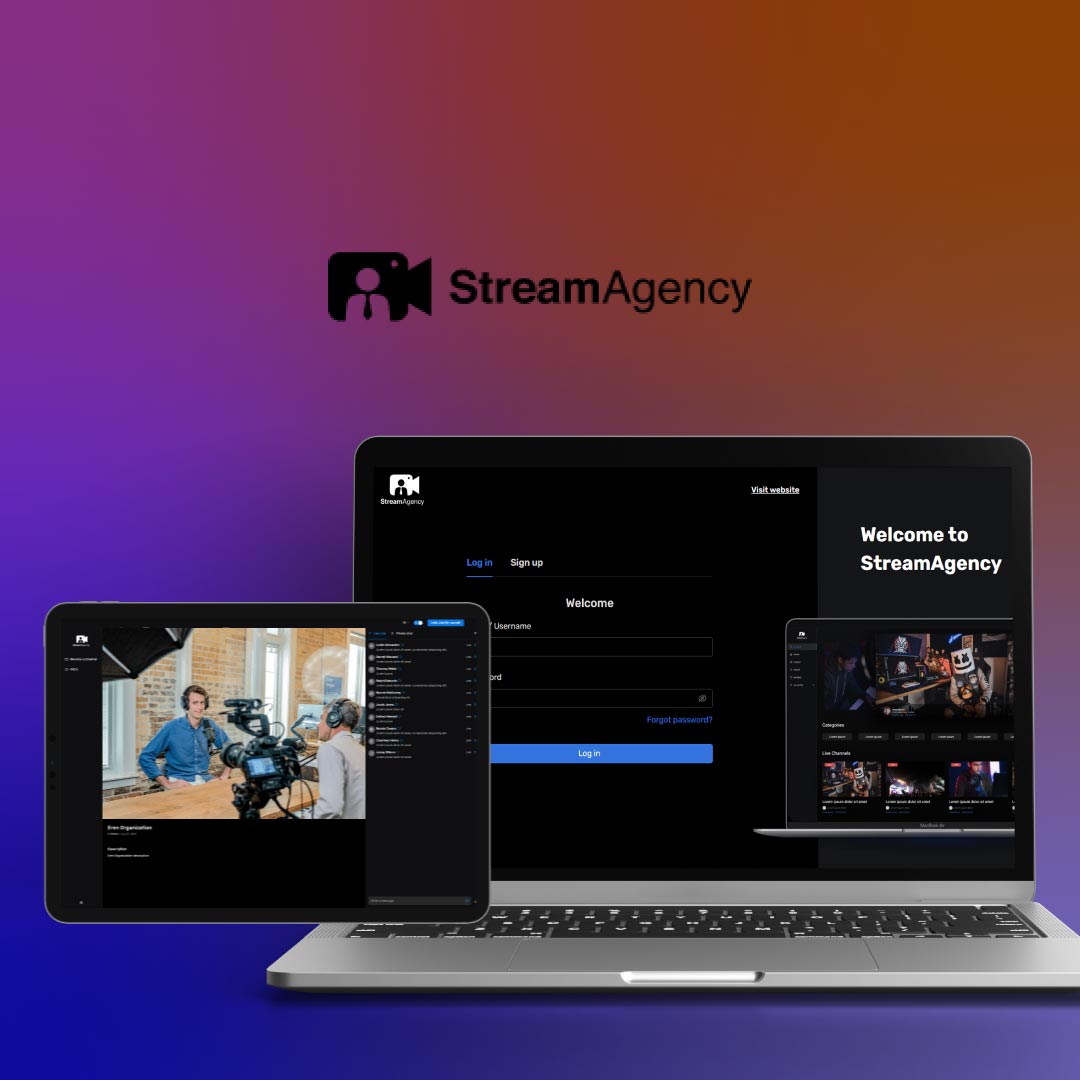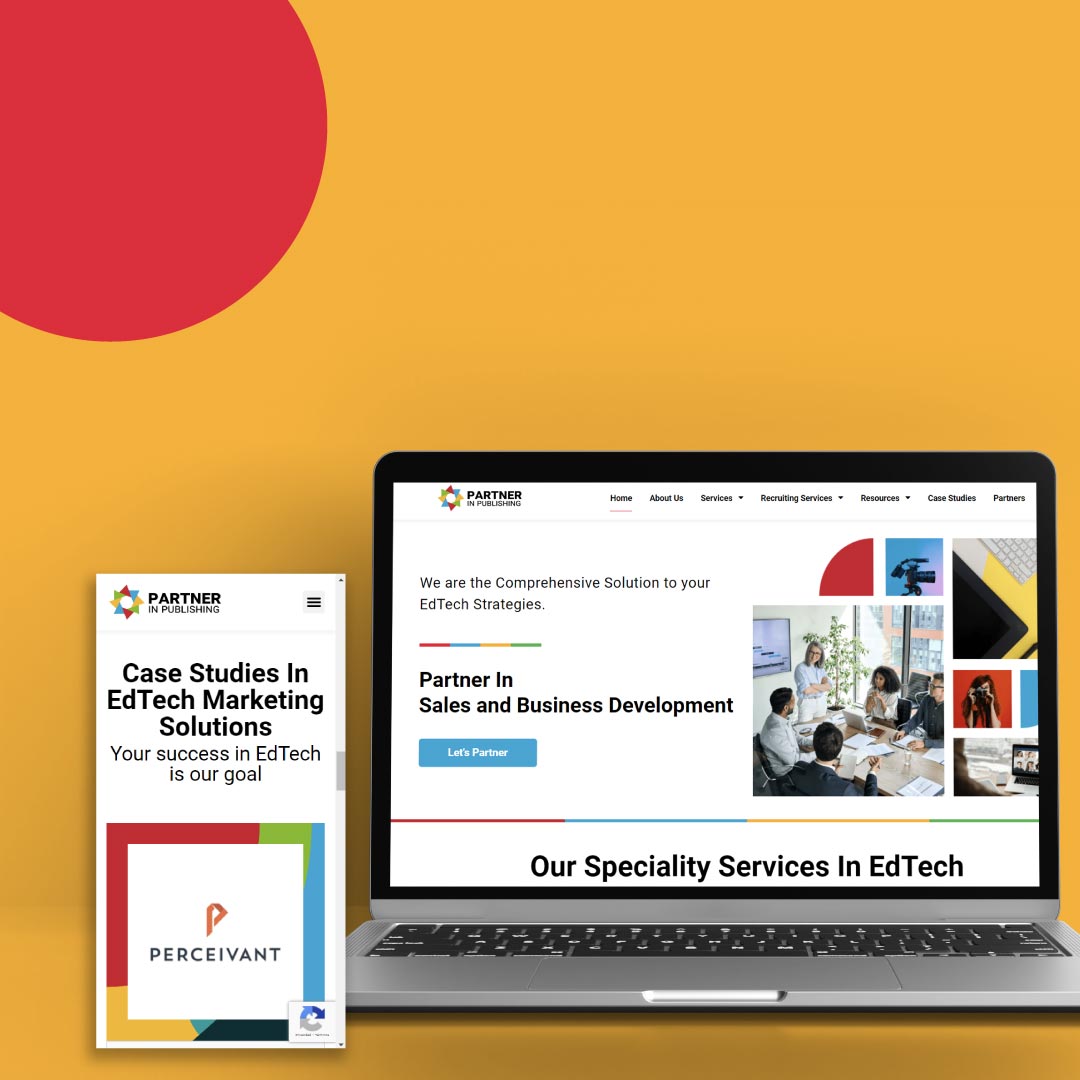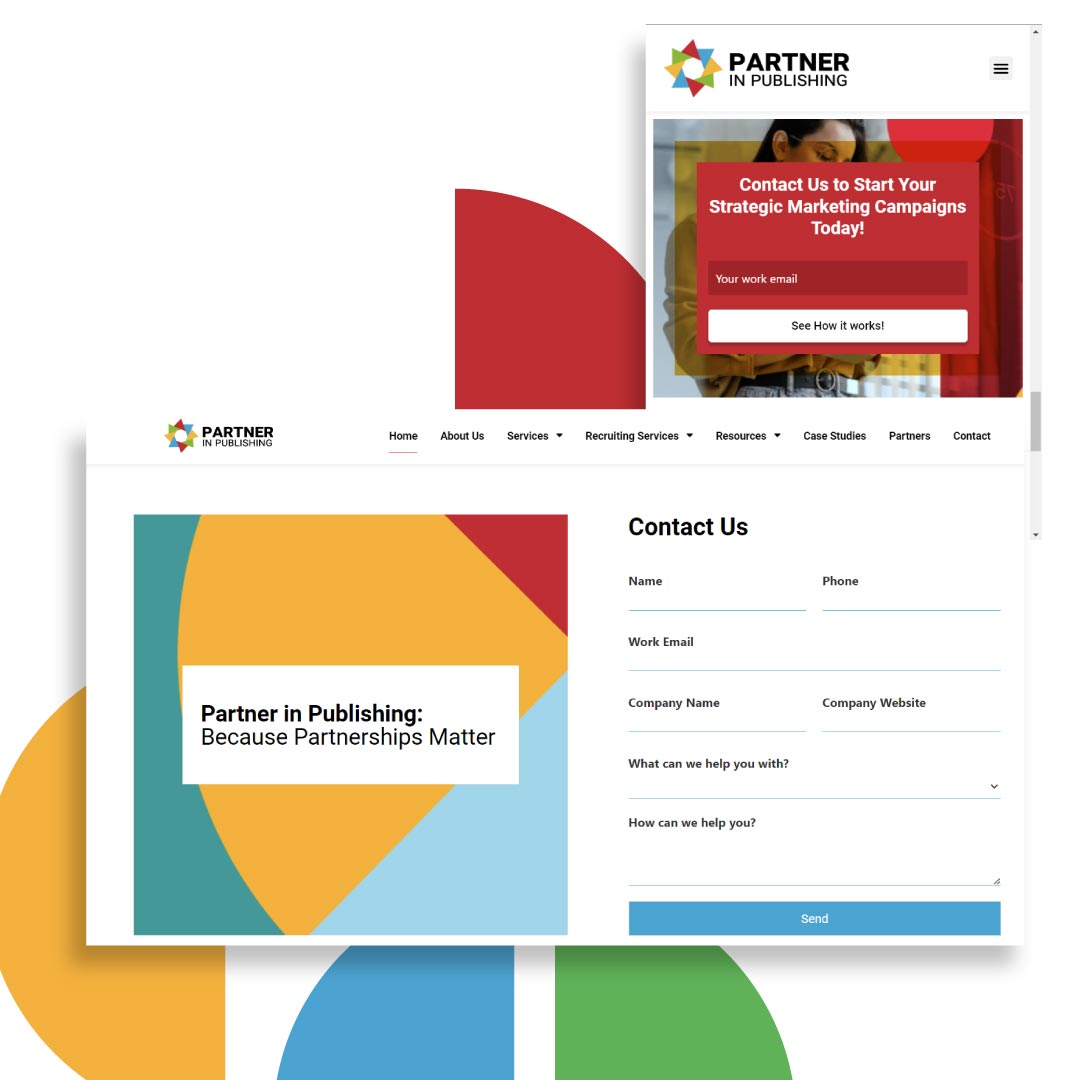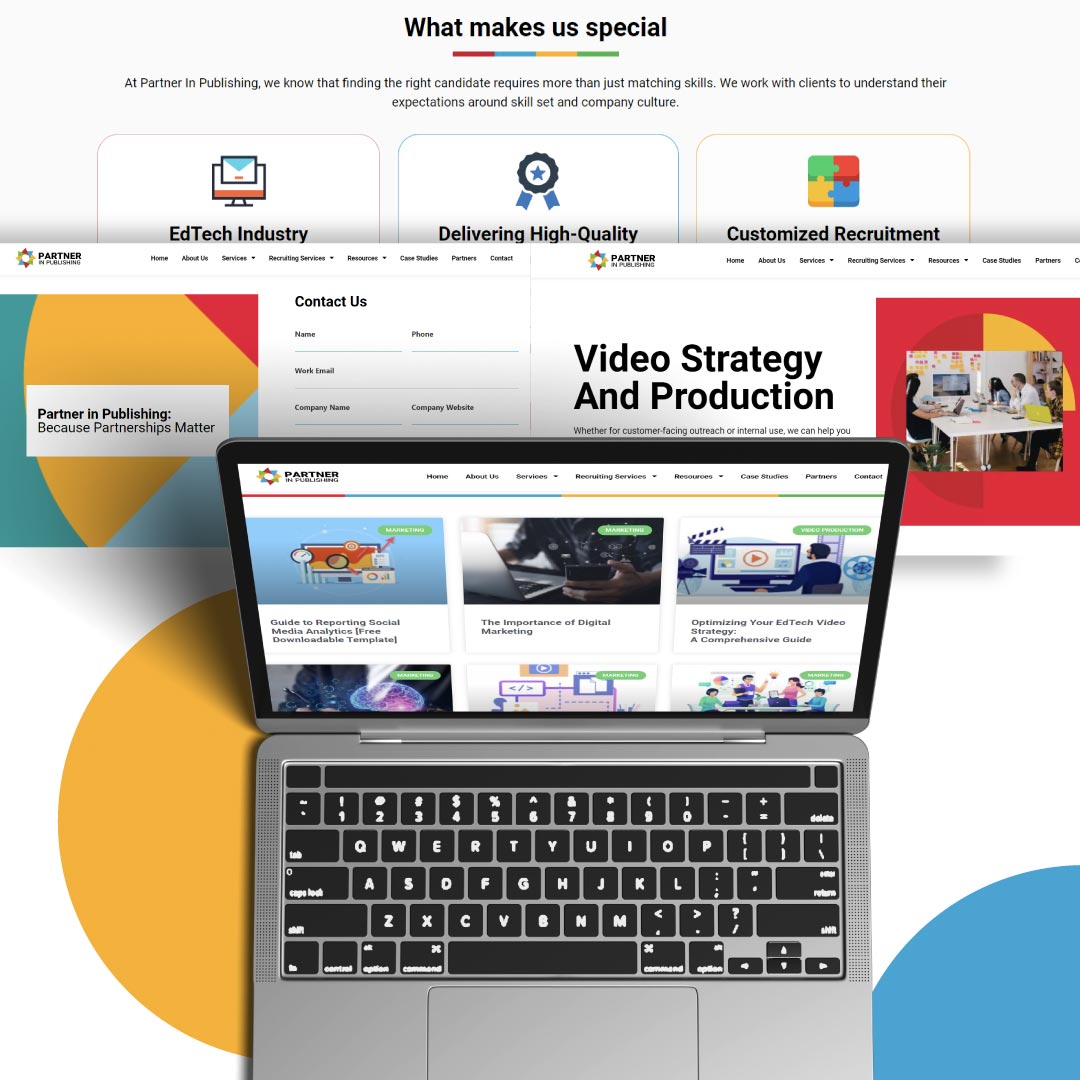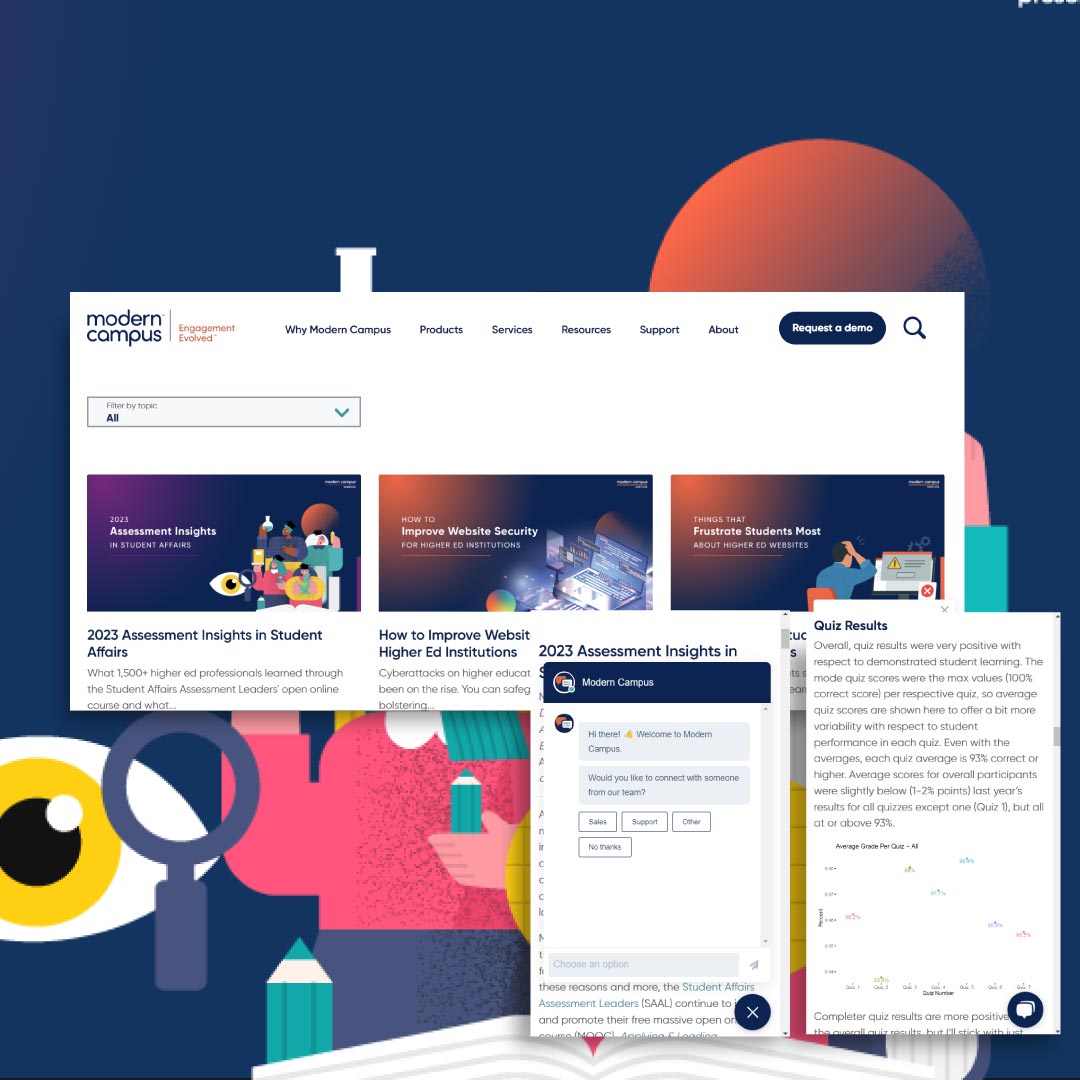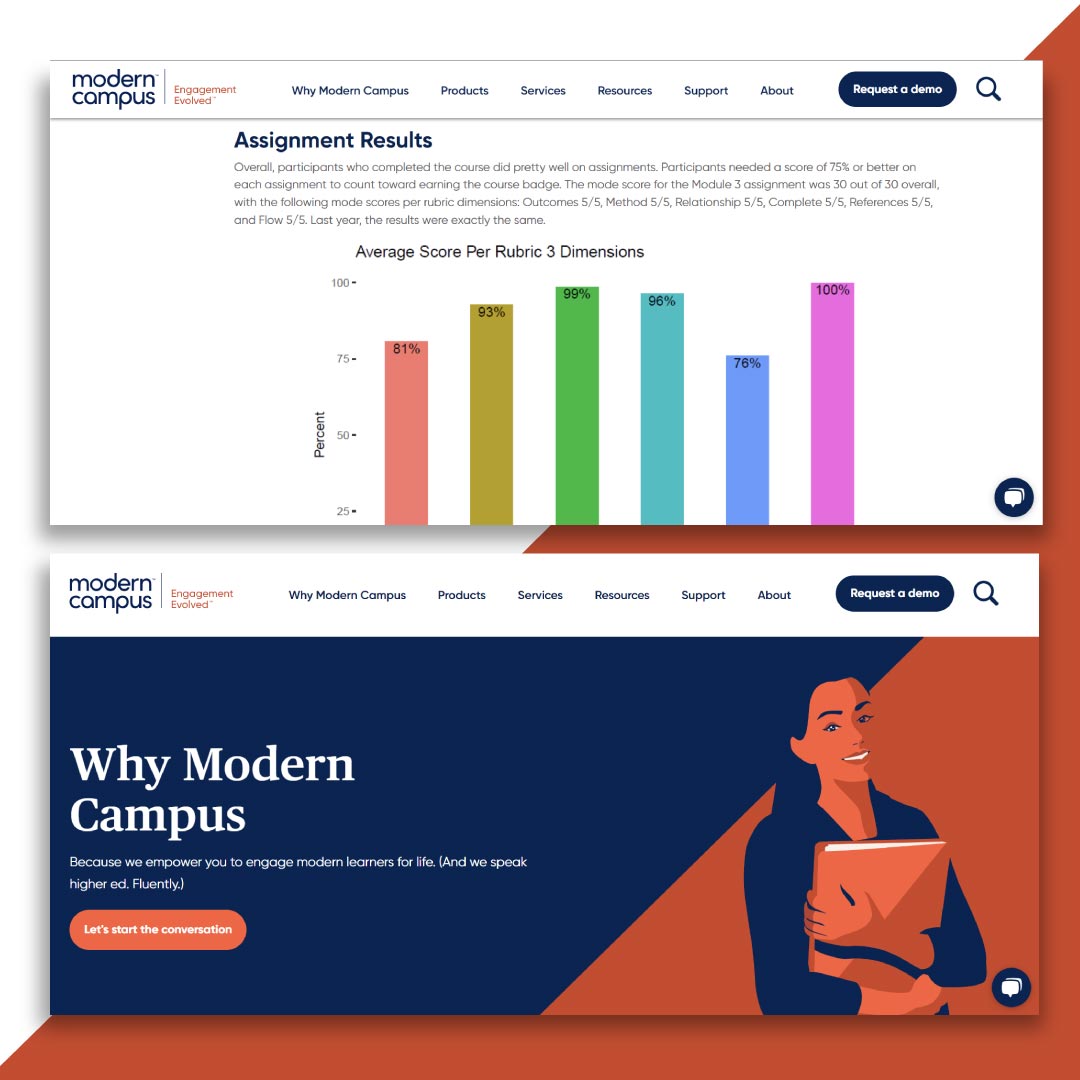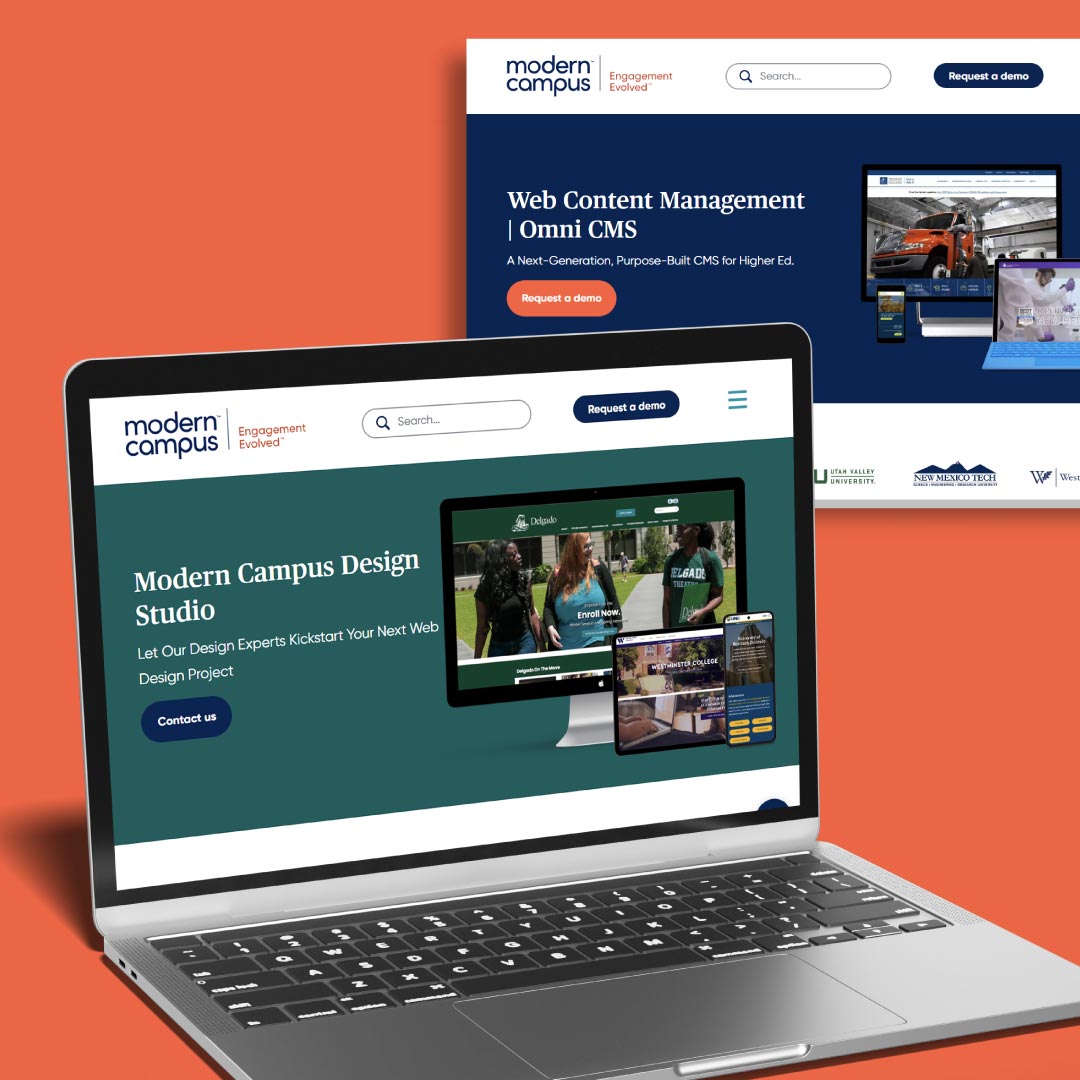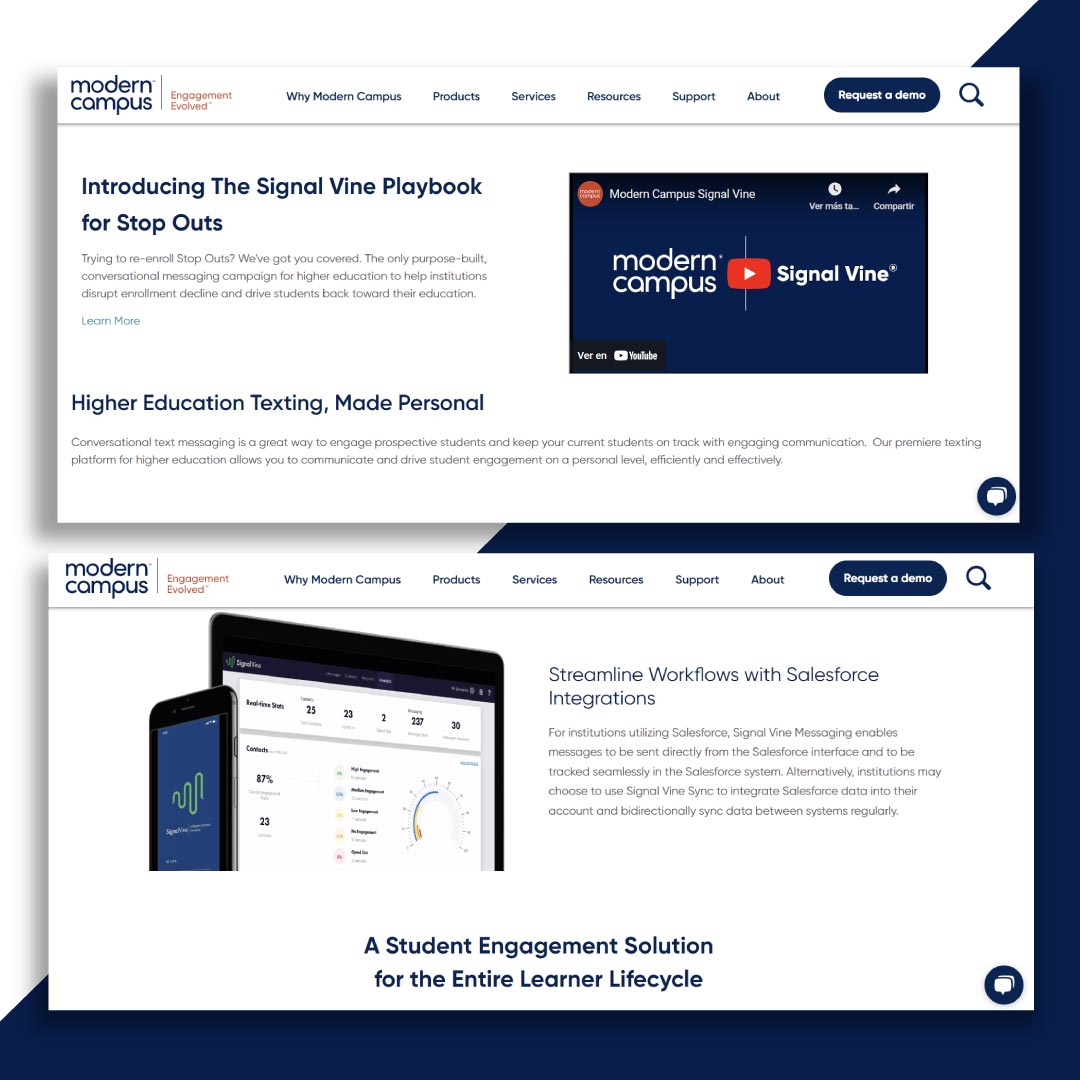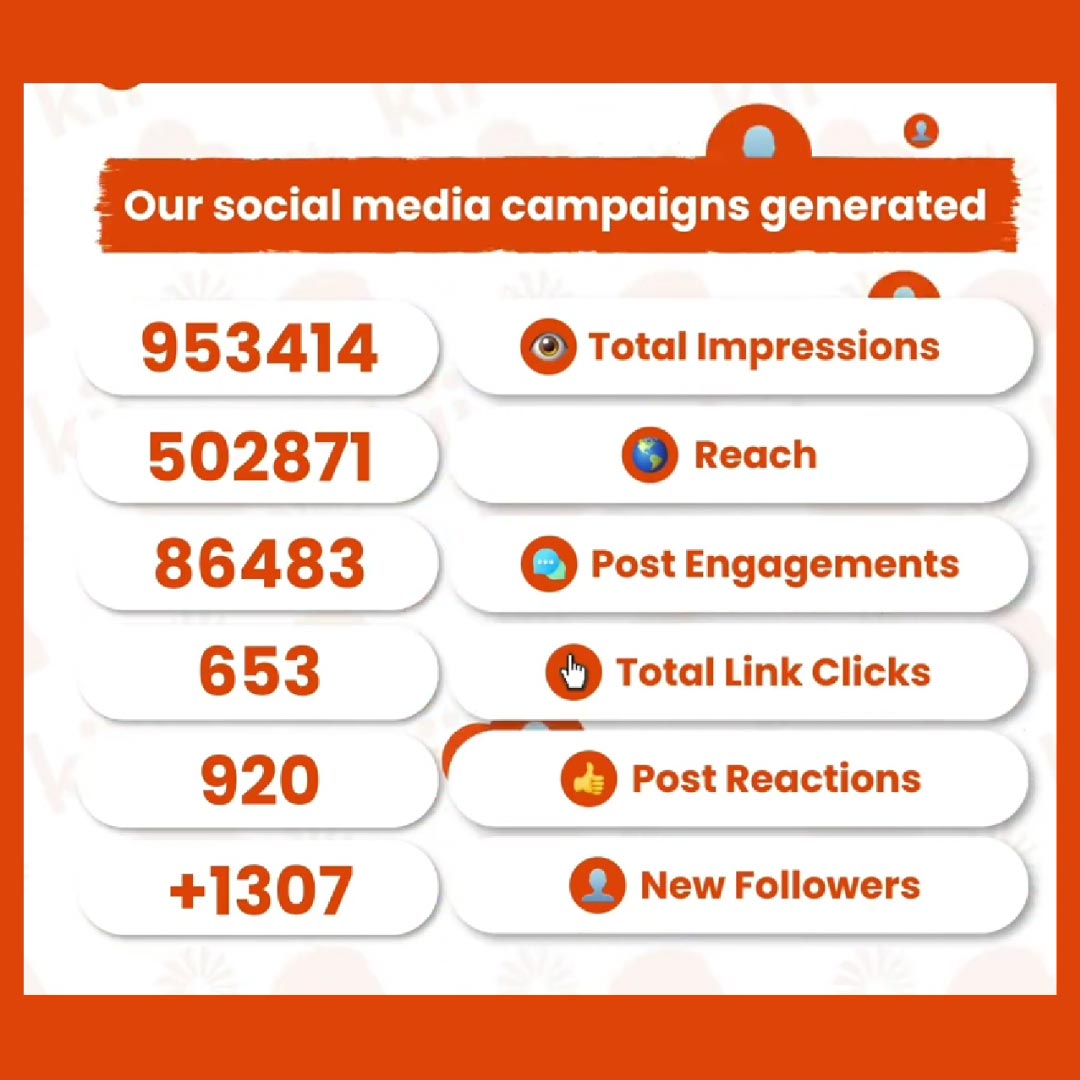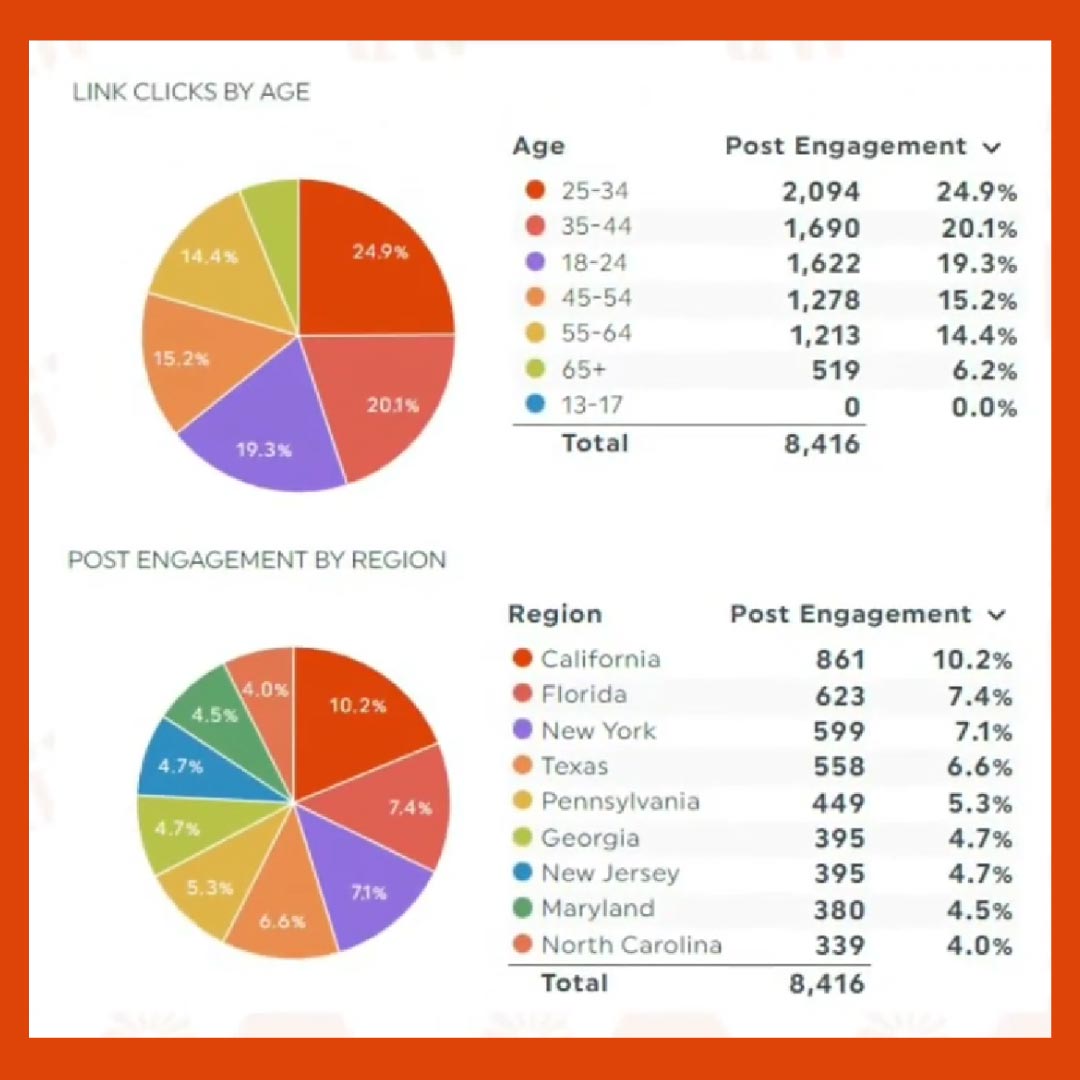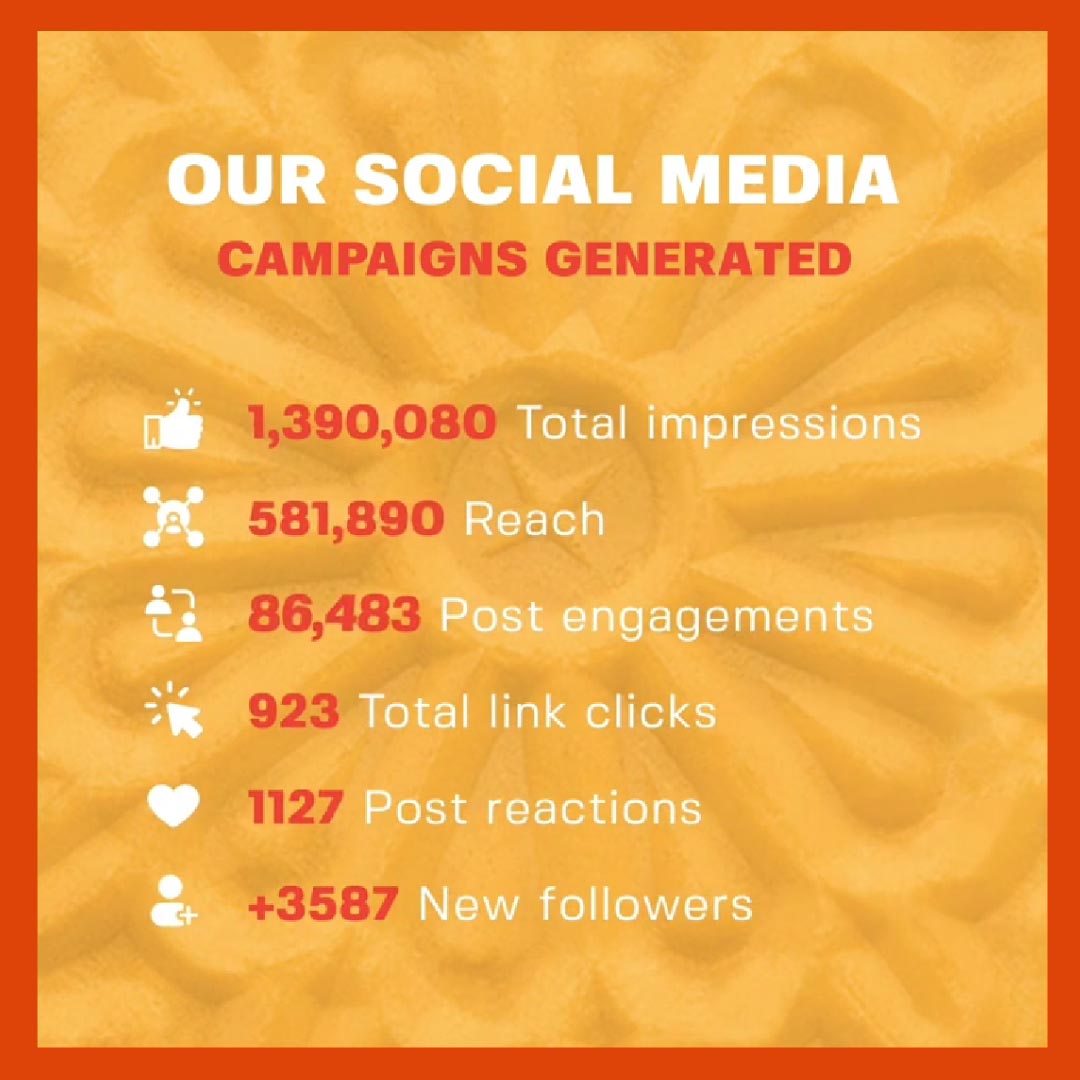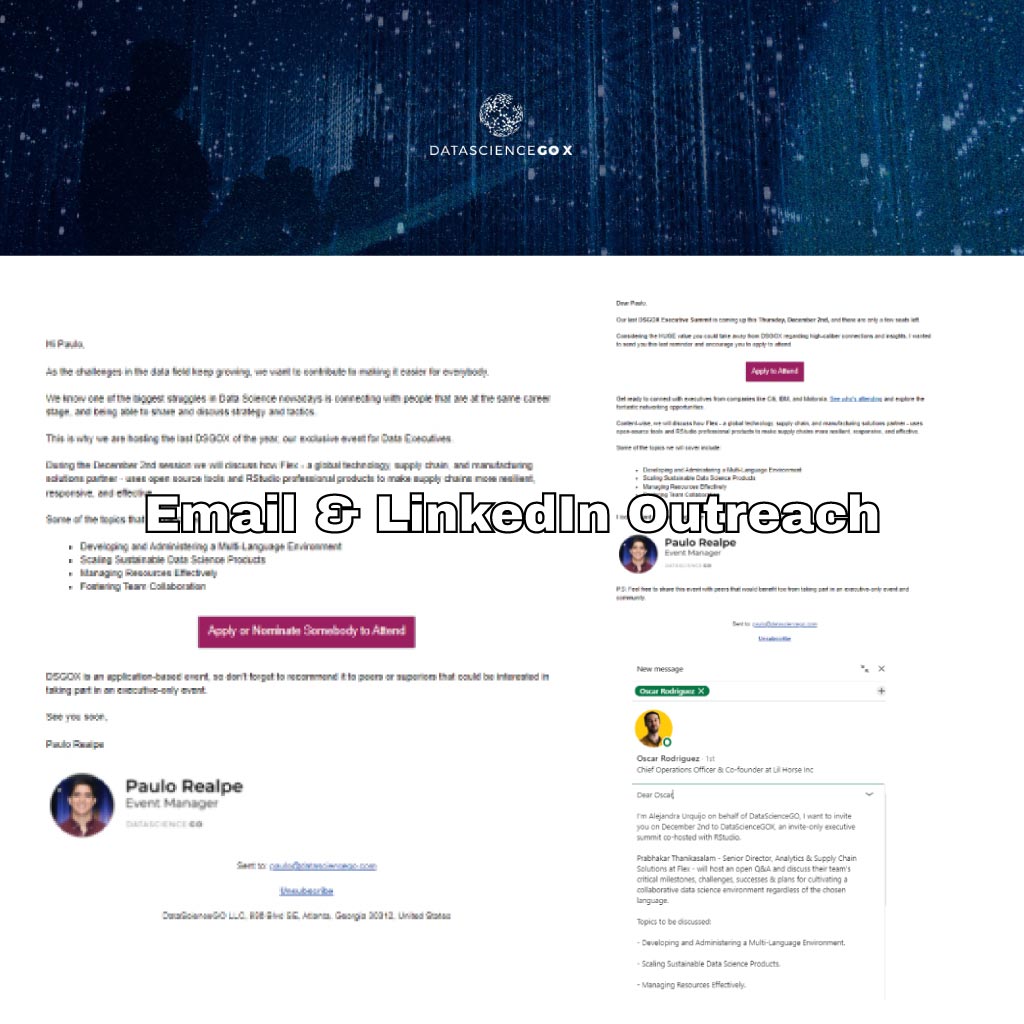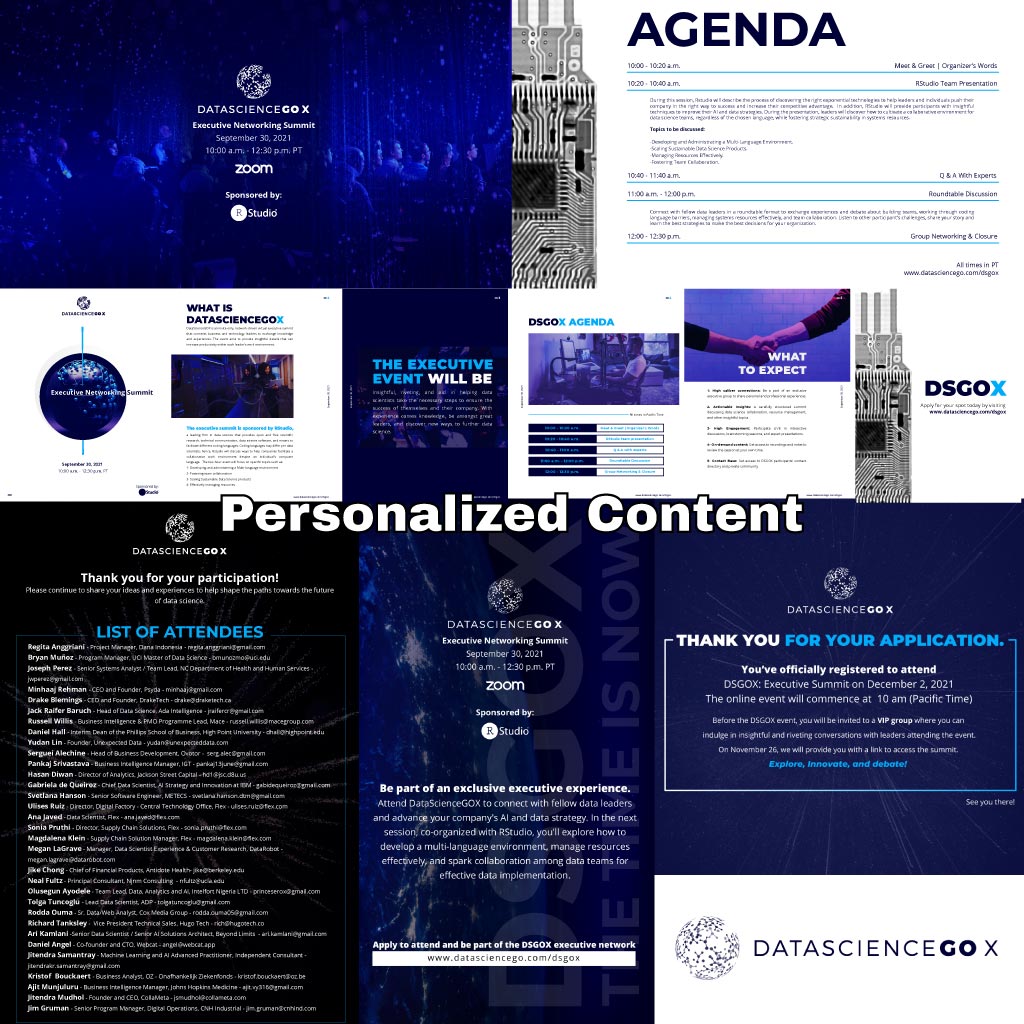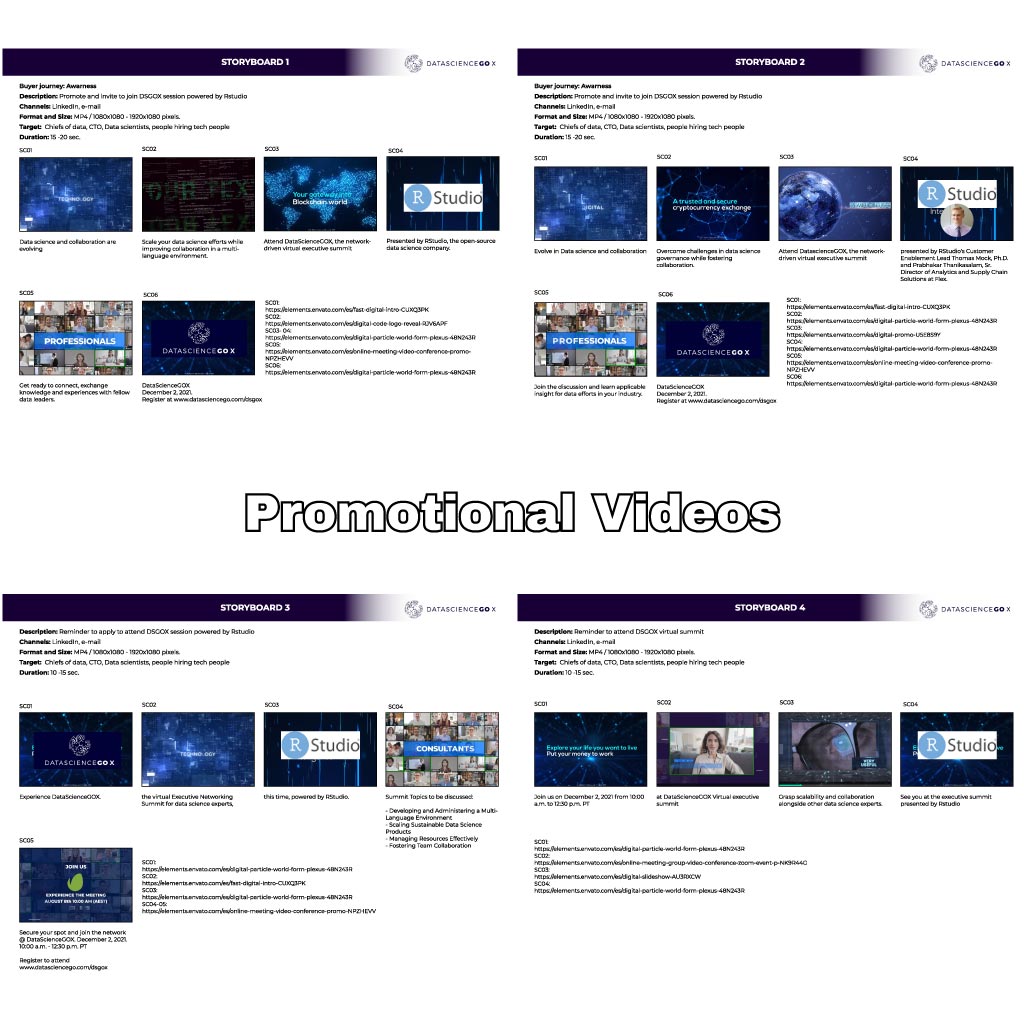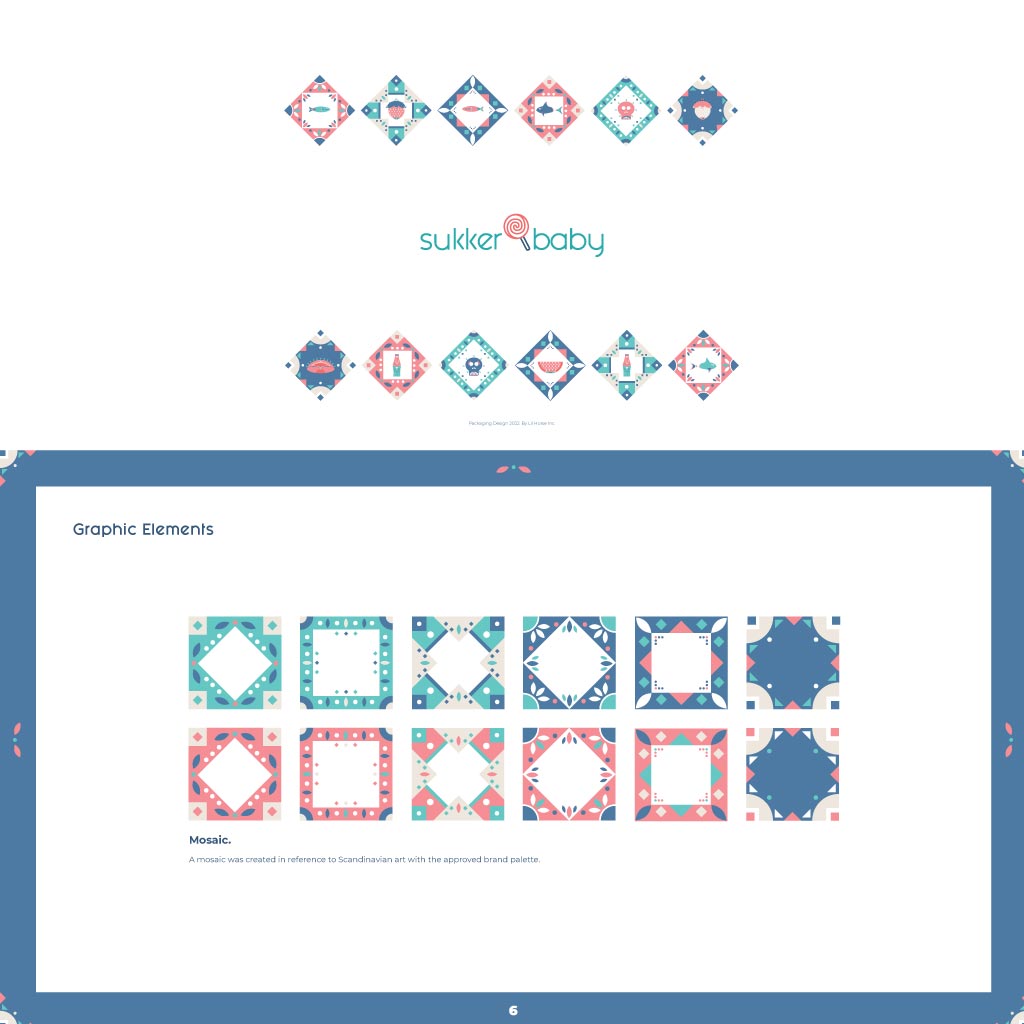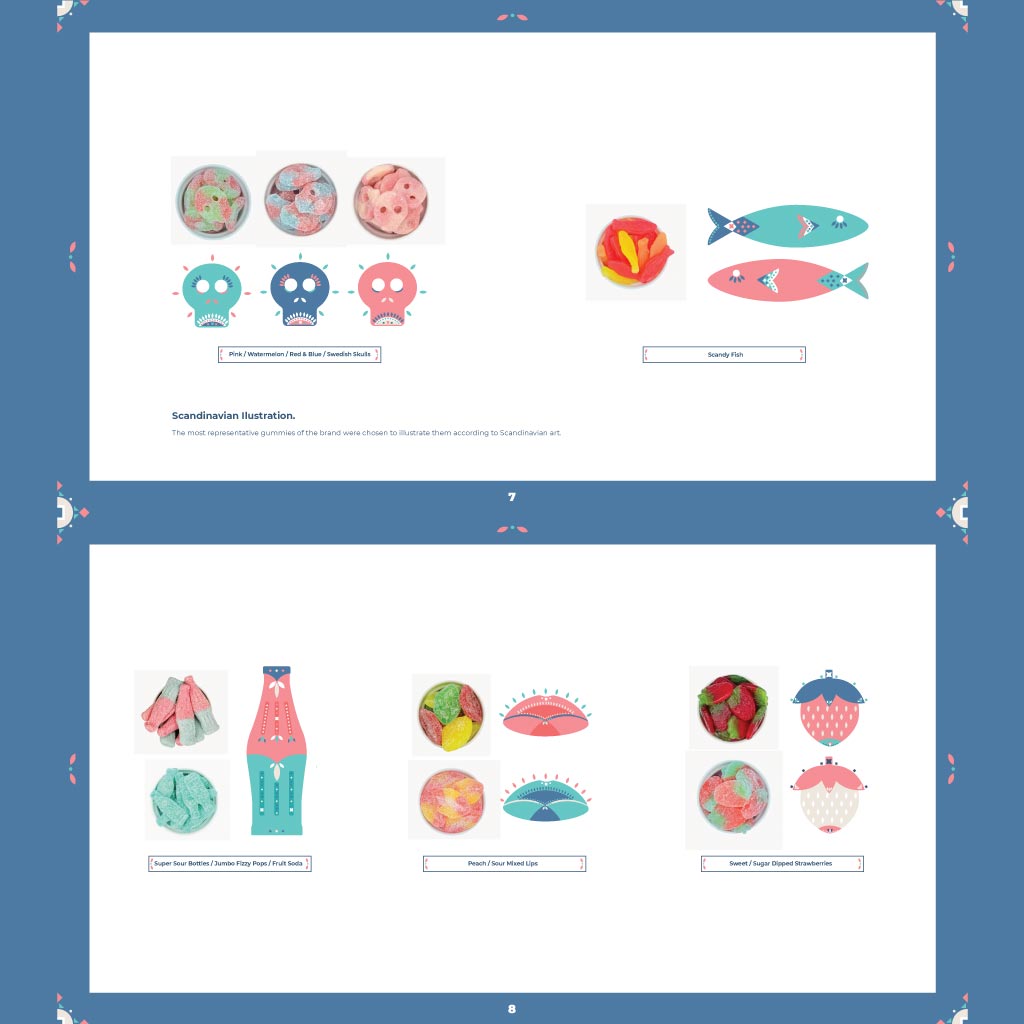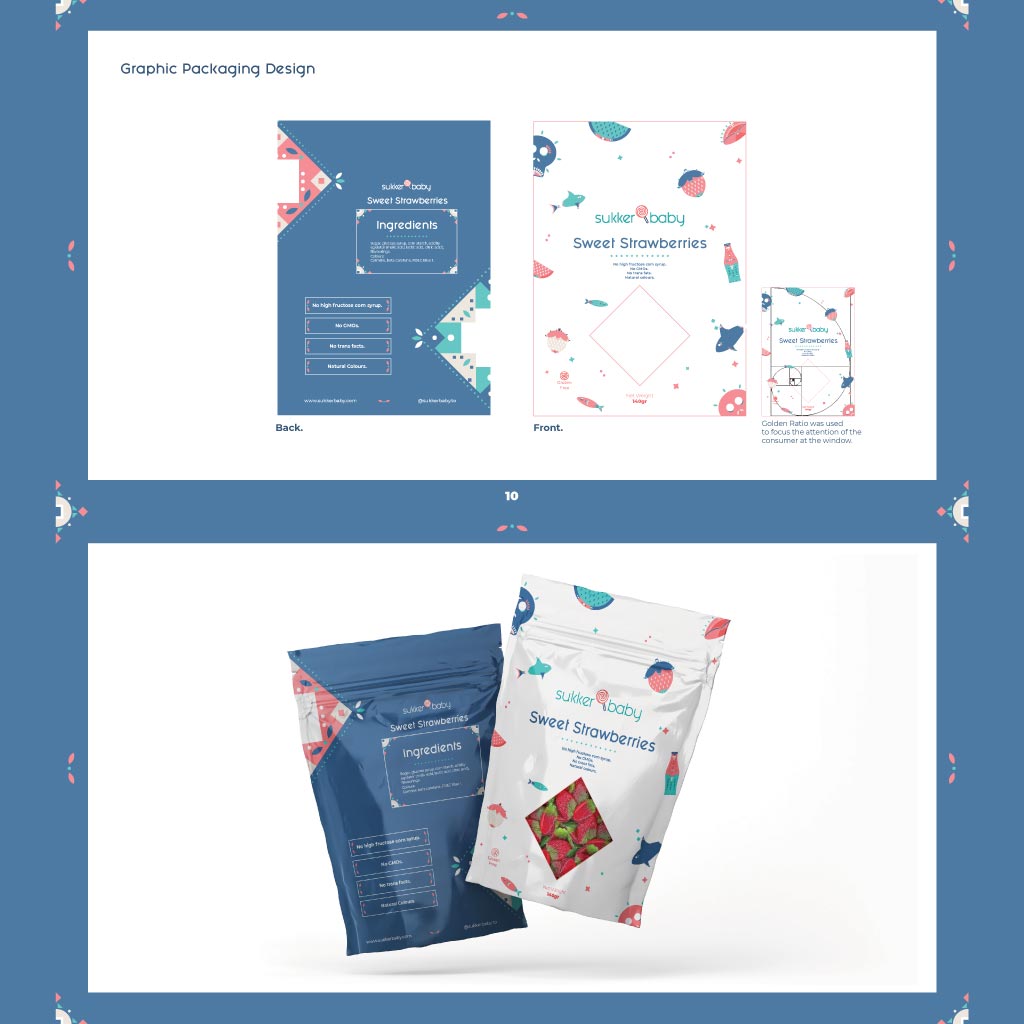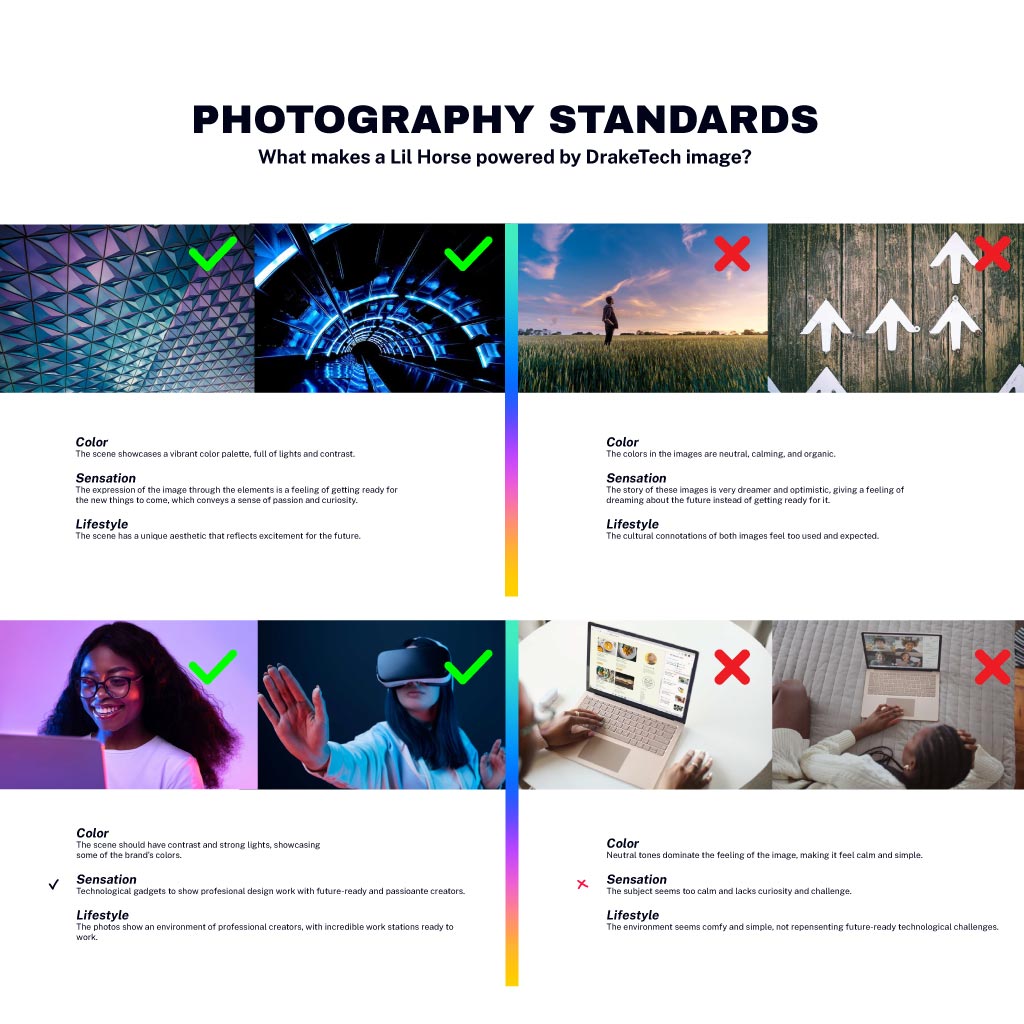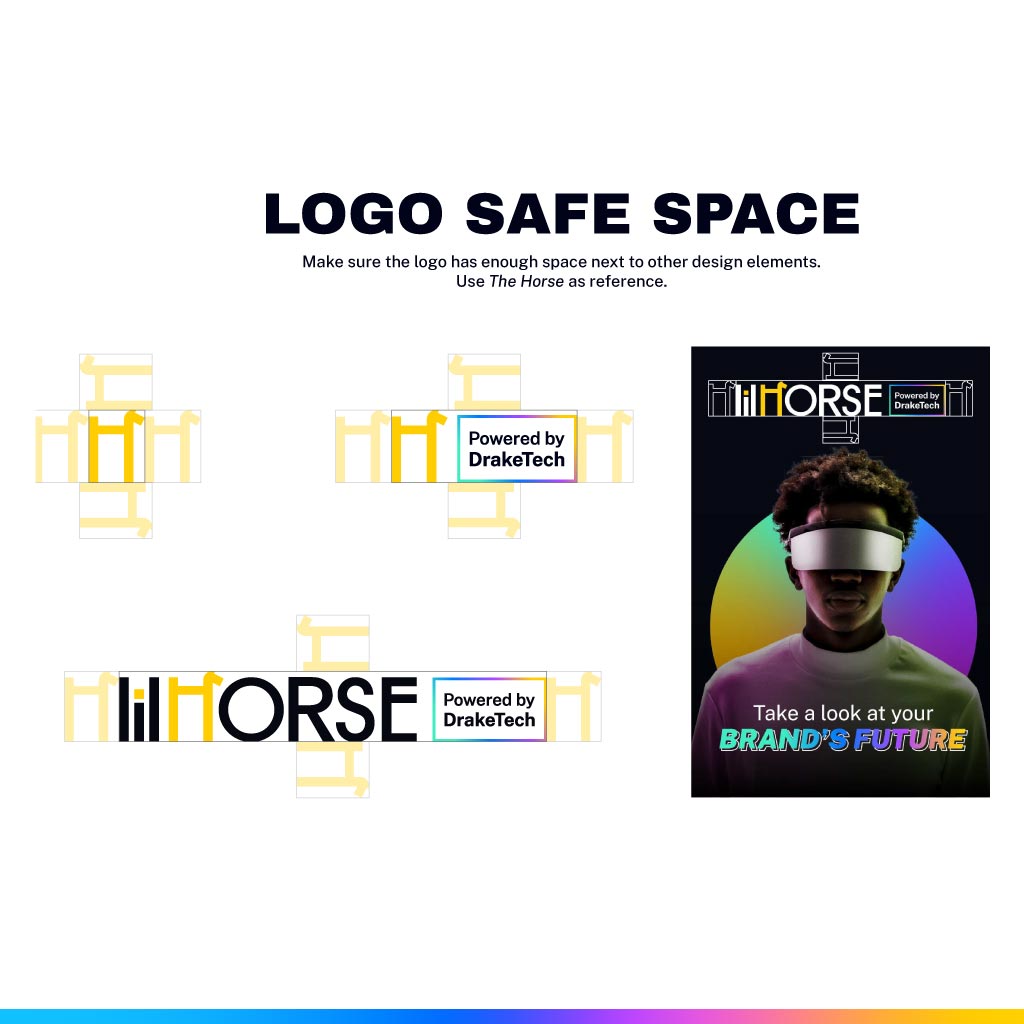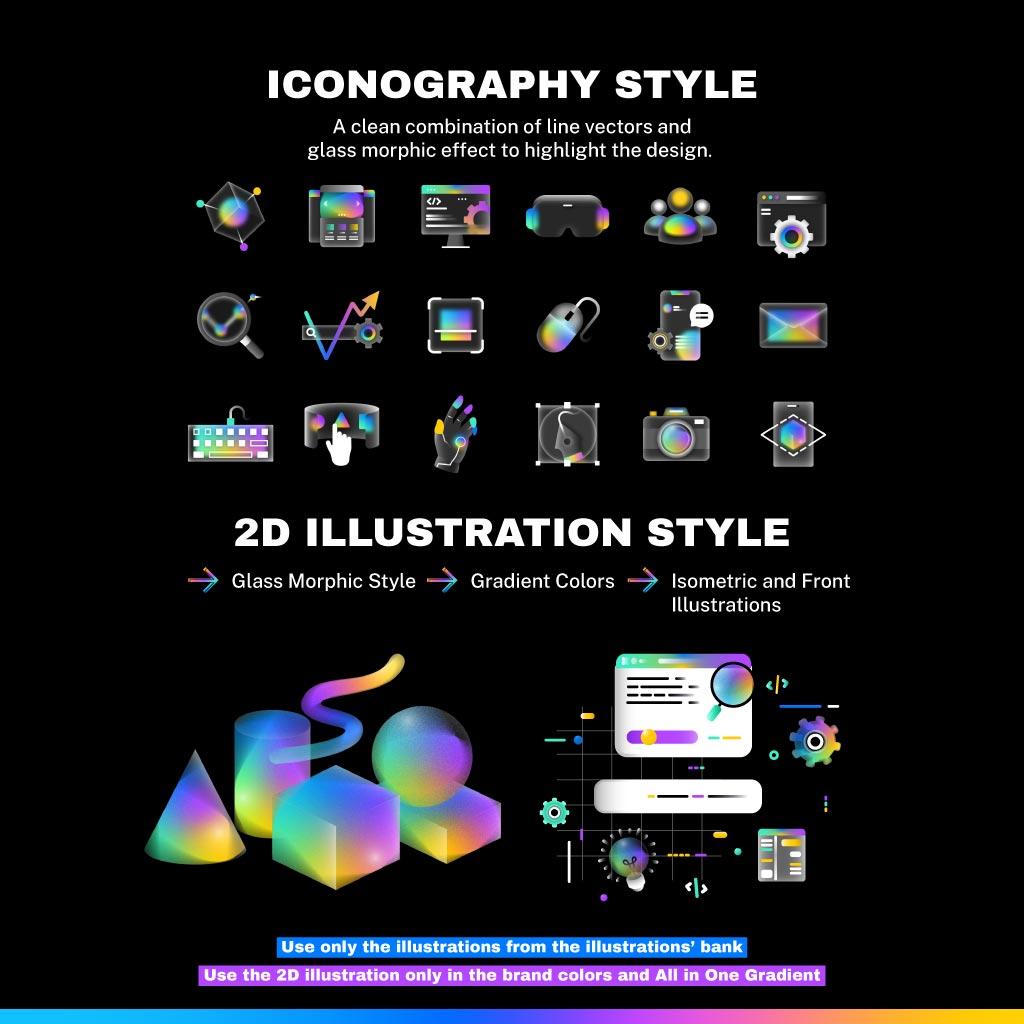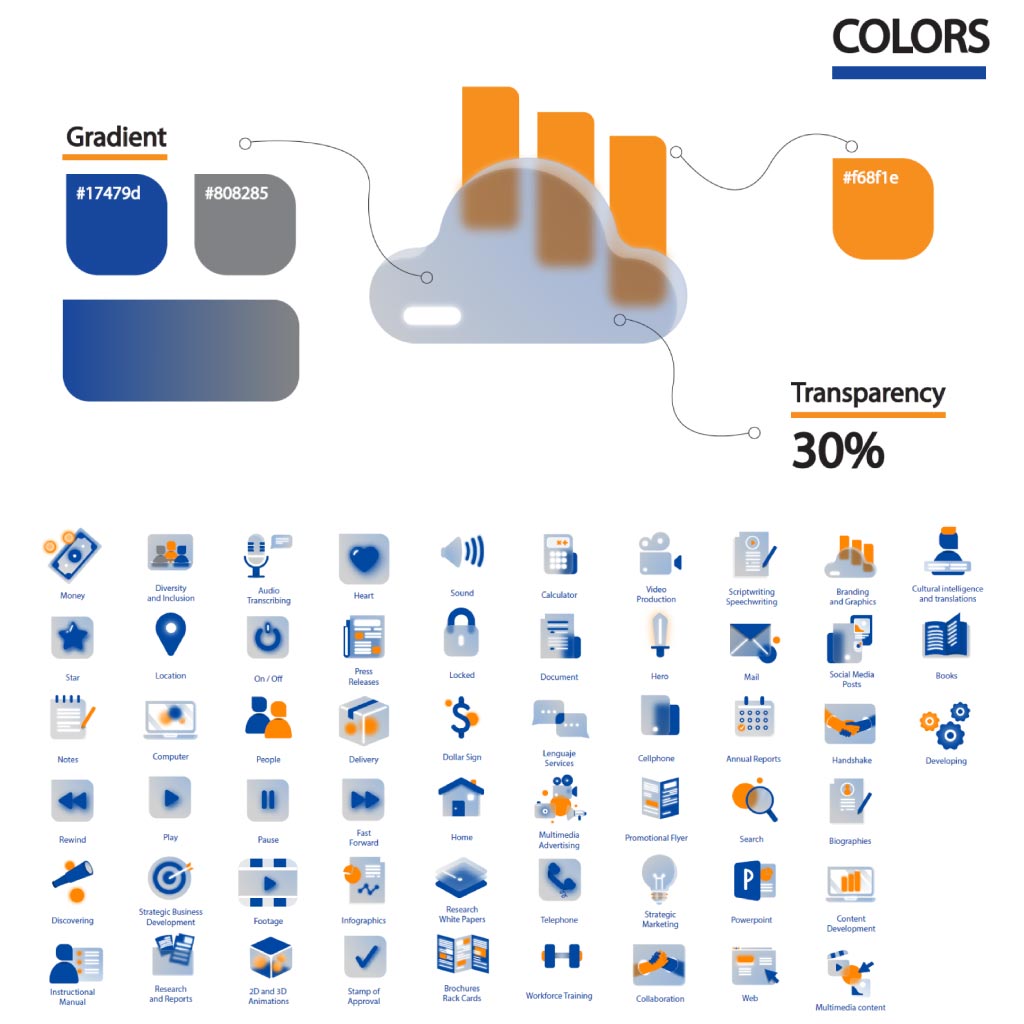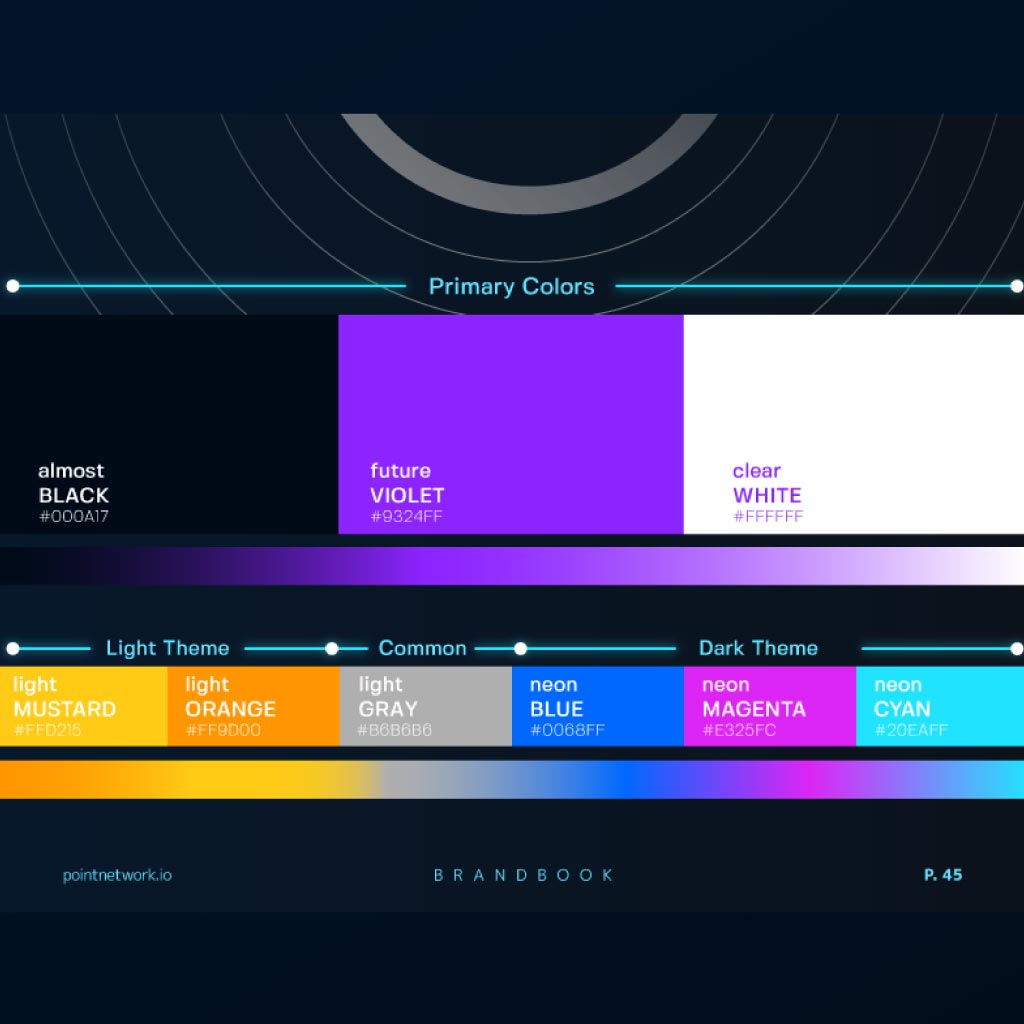Tired of display ads clicking at a measly 0.05% rate?
Forget that! With our best practices for display ads and the right strategy, you can turn display ads into powerhouse tools that drive sales and build brand loyalty. This guide will teach you how to design high-performing display ad campaigns. We’ll cover everything from audience targeting to ad creation and landing page optimization.
Boost brand awareness, drive sales, and build customer loyalty with high-performing display ads. Our team of experts will handle everything from design to strategy, so you can focus on running your business. Visit our digital marketing services page to learn more
3 Key Steps To Craft A Successful Display Ad Campaign
1. Know Your Target Audience
As mentioned earlier, understanding your audience is a key point in successfully developing any marketing strategy, not just a display advertising campaign. But how can you learn more about your audience?
Google Analytics
Utilizing Google Analytics provides clear insights into the individuals visiting your website. Understanding their browsing habits, interaction patterns, demographic, and geographic data allows for a comprehensive view and aids in the segmentation of your ads.
Buyer Persona Definition
The Buyer Persona is a way to precisely determine the ideal users for your business. In the process of creating the buyer persona, it is crucial to define attributes beyond financial, geographic, or demographic factors; it is essential to consider them from the perspective of their preferences. Their interests, expectations, and even fears help establish an effective approach.
Satisfaction Surveys
These surveys not only gauge the impact of your products and services but also shed light on the interests of your audience. Surveys among your recurring users enable the creation of personalized experiences tailored to their needs. Sometimes, old-school techniques can provide insights into how users can become an audience.
With this new information, we can categorize our customers into audience groups, identifying common points that allow the creation of audiences that may not have been previously targeted.
2. Manage Your Budget
Budget management is fundamental. It determines how your ads will reach potential users. It is crucial to have a clear projection based on previous campaign results. These projections provide insight into the expected results of your campaigns and how your budget will be allocated.
3. Setting Clear Objectives
Before delving into the nuances of display ad optimization, it’s imperative to establish clear campaign objectives. Understanding the overarching goal will serve as the guiding beacon for tailoring your message to resonate with the target audience effectively.
Tailoring Messages to Objectives
Once the campaign’s objective is defined, the next step is to align the message with the intended goal. Are you aiming to entice users back to abandoned shopping carts?
Consider featuring images of the products they left behind. Is brand awareness your focus? Opt for images that encapsulate the essence of your products and services. Having a well-defined objective not only provides clarity but also informs the creative direction of your campaign.
Now that you understand the key steps to crafting a successful display ad campaign, are you ready to put them into action? However, building and optimizing these campaigns can be time-consuming.
Let Lil Horse Lab take the reins! Our display ad experts will design high-converting ads, manage your budget, and optimize your campaigns for maximum impact. Free up your time and resources – visit our digital marketing services page to learn more
Key Tips for Optimizing Display Ads
1. Responsive Design
In a dynamic digital landscape comprising over 3 million websites and 650,000 apps within Google’s Display Network, a responsive design is crucial. Ensure your ads can adapt seamlessly to various spaces by considering ad placements strategically.
2. High-Quality Images
The visual appeal of your display ads hinges on the quality of your images. Steer clear of blurriness, discoloration, or excessive filters. Images should exude a natural quality that resonates with the human eye, evoking authenticity.
3. Logo Placement
While brand recognition is paramount, avoid cluttering your graphic pieces with logos. Google provides a designated area for showcasing your brand logo, ensuring visibility without compromising the visual appeal of your ads.
4. Limited Text in Images
Diverging from the practices employed on platforms like Facebook or Instagram, display ads on Google benefit from concise text. Avoid large logos or extensive text within the images. Google emphasizes the use of separate long and short titles for each image.
5. Simulated Interaction
Google strictly prohibits the use of simulated interaction elements, such as mouse cursors or oversized call-to-action buttons. Inclusion of such elements may lead to ad penalties and hinder the reach of your ads on the Google Ads platform.
6. Product Highlighting
If your display ads feature products, make them the focal point. Despite the significance of composition, display ads serve passively, appearing to users when they are not actively seeking products or services. Ensure your products stand out and take center stage in the ad.
Tips To Create and Optimize Your Landing Pages
Landing pages play a pivotal role in the success of any advertising campaign; they determine whether your user takes the desired conversion action. Therefore, it is imperative to optimize them to the extent that they become effective sales or conversion tools.
Factors to Increase Landing Pages Conversions
During the creation process of your landing pages, consider factors such as usability, user experience (UX), loading speed (also known as site performance), and content, which should align with the content of your ads, both from an audiovisual and copywriting perspective.
There are basic principles of landing pages to be considered, such as minimizing exit points, clearly presenting the actions you expect users to take, and having concise forms (if lead generation is the goal). Additionally, incorporating security measures like Captcha is essential to prevent bots and malicious users from sabotaging our results.
Adopt a user-centric perspective
However, to create an effective landing page, it is advisable to adopt a user-centric perspective. This is where defining buyer personas becomes crucial, as it enables the identification of points of interest for each audience. These insights, in turn, facilitate the creation of web experiences that appeal to those specific interests.
For instance, a relatively young audience may find an audiovisual experience on the landing page more optimal, as their consumption habits support the idea that short (yet valuable) audiovisual content appeals to their interests.
Conversely, an older audience may prefer longer content focused on addressing all their concerns before making a purchase or providing their information.
Crafting Compelling Ad Copy
In the realm of display ads, the importance of compelling ad copy cannot be overstated. Clear, descriptive, and unique titles within the character limit (80 characters max) are pivotal in providing users with a lucid understanding of your ad’s content.
Crafting Effective Copy
Effective ad copy goes beyond mere brevity; it delves into creating a narrative that resonates with the target audience. Titles that highlight product or service attributes, motivate users to explore or revisit, and provide contextual information to complement the images are highly effective.
Special Offers and Hooks
Leverage your display ads to communicate any special offers available on your website. This serves as an enticing hook, motivating users and potential customers with an additional reason to visit your website and explore your products and services.
Ad Optimization for Maximum Impact
Leveraging Google’s Optimization Features
Google’s automatic optimization features can significantly enhance the performance of your display ads. To leverage this functionality, ensure you have more than one ad per ad group—around 3 or 4. This allows Google’s algorithm to select high-performing ads and display them more frequently to potential users, thereby optimizing both budget and campaign results.
Relevance through Landing Pages
The impact of your display ads is not isolated to the ad itself; it extends to the landing page they direct users to. To ensure a seamless user experience, the landing page should be relevant to the ad content. Aligning the content of your ad with the corresponding landing page signals to Google that your ad is pertinent, prompting increased visibility to users.
Conclusion
In conclusion, optimizing display ads on Google involves a meticulous blend of strategic planning, creative finesse, and leveraging the platform’s optimization features. By adhering to best practices, understanding the evolving dynamics of digital advertising, and continuously refining your approach based on performance metrics, you can elevate your display ad strategy to new heights.
Waste no time—implement these tactics, open your campaigns, and make necessary adjustments to position your brand for optimal visibility and engagement in the competitive digital landscape.
Lil Horse Lab specializes in crafting high-performing display ad campaigns. We’ll help you reach your target audience, drive conversions, and achieve your marketing goals. Visit our digital marketing services page to discuss your needs.
